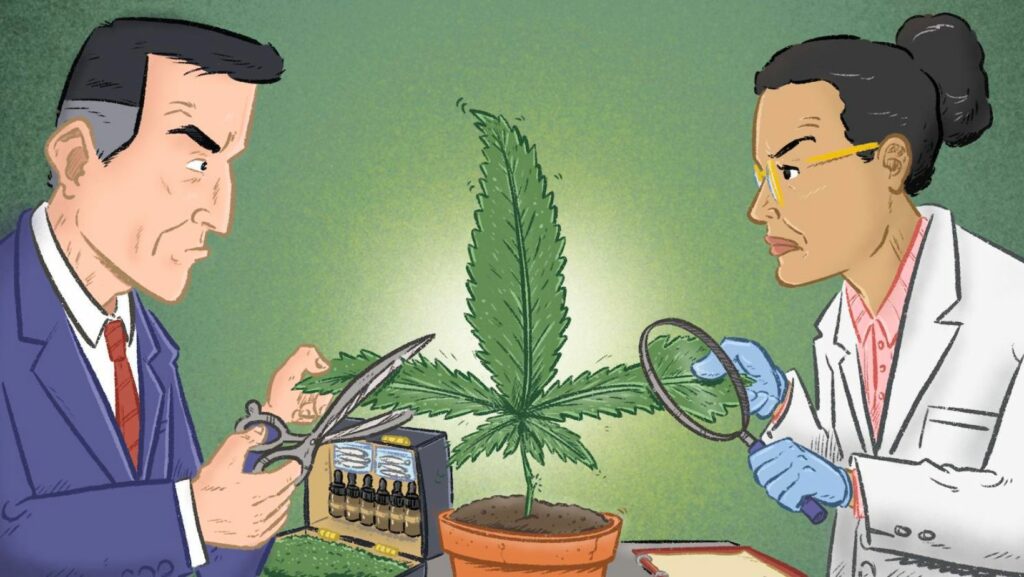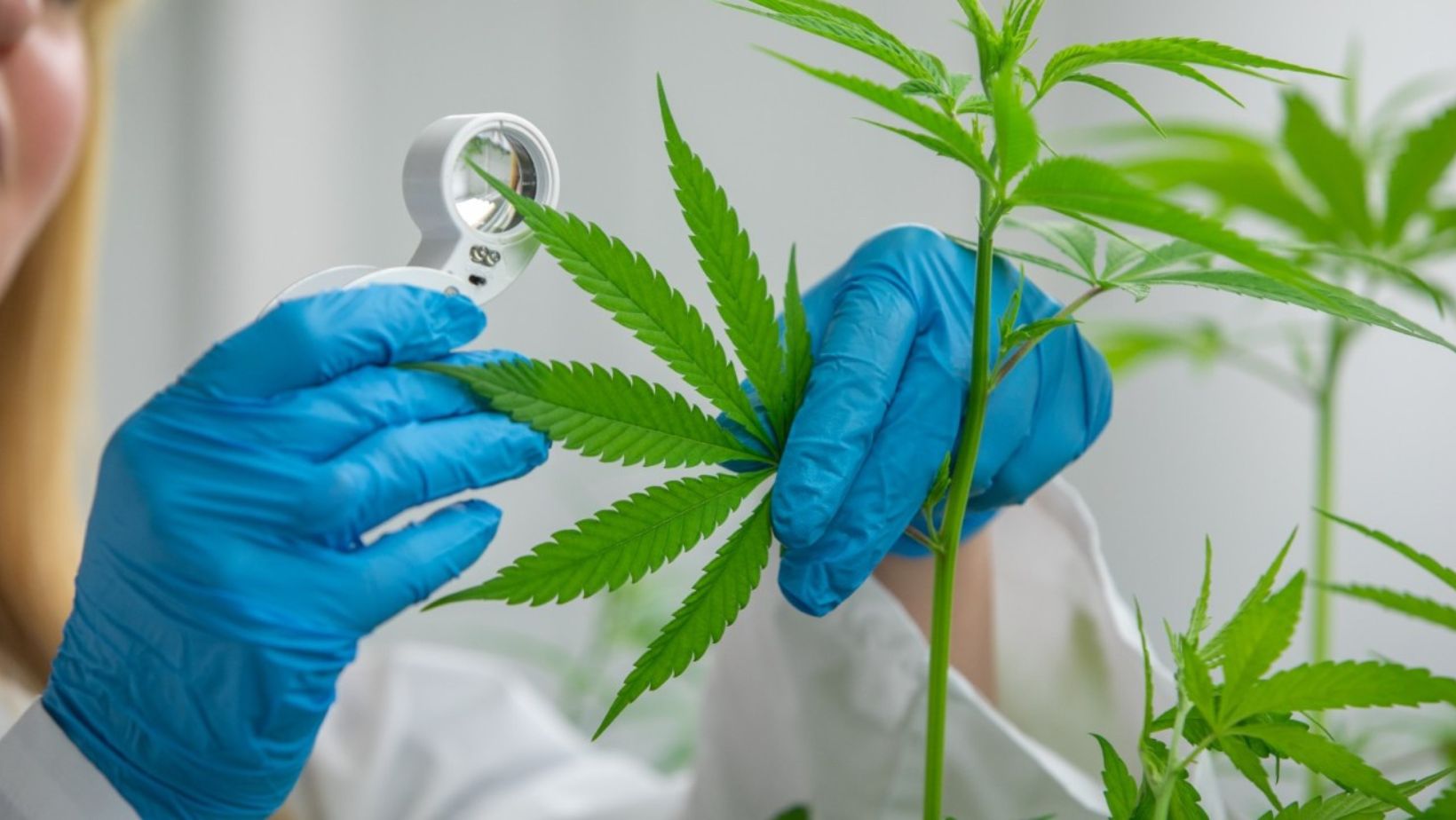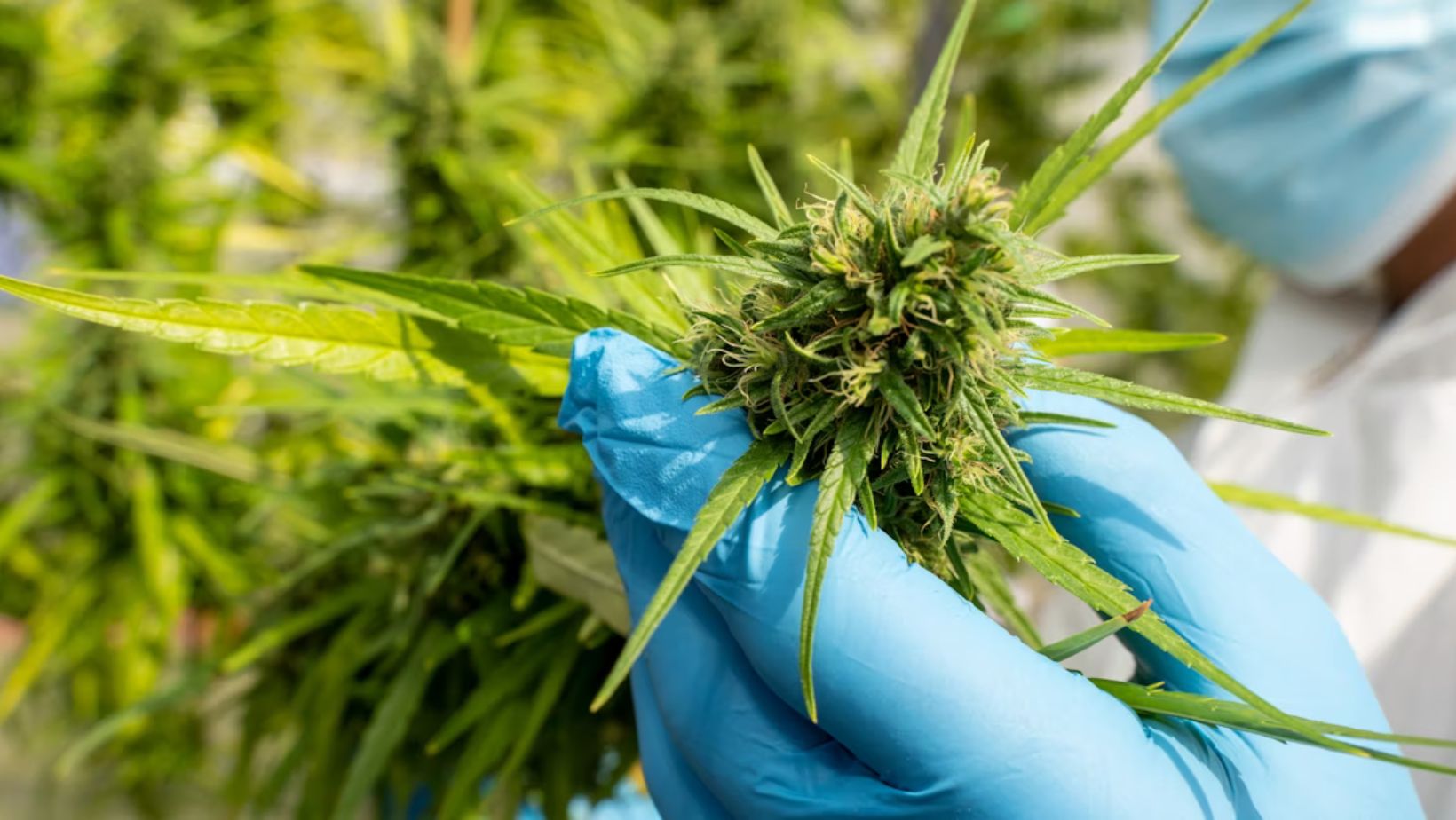Ehlers-Danlos Syndrome (EDS) affects approximately 1 in 5,000 people and impacts the joints, skin, and blood vessels. In 2017, 13 types, each with unique symptoms, were identified.
Diagnosis is significant for effective treatment and can occur at any age, although milder forms may go undiagnosed. Marijuana products, like weed pen, is one of the many potential treatments that may help manage symptoms.
Key Takeaways
- EDS is a group of severe inherited disorders affecting connective tissues characterized by joint hypermobility, skin hyperextensibility, and tissue fragility.
- A survey shows that EDS patients use cannabis as they find it more effective than other therapies.
- Weed pens offer rapid relief and easy dosage control to alleviate chronic pain, improve sleep, reduce inflammation, and manage secondary issues like anxiety and depression.
What is Ehlers-Danlos Syndrome (EDS)?
Ehlers-Danlos Syndrome is a group of severe inherited ailments that affect connective tissues, primarily skin, joints, and blood vessel walls. The patient suffers from joint hypermobility, skin hyperextensibility, and tissue fragility. There are abnormalities in the structure, production, or processing of collagen, the main protein in connective tissues.
EDS is a group of thirteen connective tissue disorders, with the following three being the most common:
- Hypermobile EDS (hEDS). The most prevalent form, characterized by joint hypermobility, chronic pain, and overly elastic skin. Joints may dislocate easily.
- Classical EDS (cEDS). Marked by extremely elastic, fragile skin and severe joint hypermobility, which leads to frequent dislocations.
- Vascular EDS (vEDS). The most serious type involving fragile blood vessels and internal organs.
Traditional Treatments for EDS
Symptoms may resemble conditions like fibromyalgia or lupus, which can impact misdiagnosis and delayed treatment. Genetic testing can verify the diagnosis by identifying specific gene mutations.
There is NO cure for EDS. Treatments focus mainly on symptom management and improving quality of life:
- Physical therapy strengthens muscles and stabilizes joints.
- Medications like painkillers, anti-inflammatories, and muscle relaxants.
- Braces or joint supports for stability and pain reduction.
- Counselling or therapy to manage the emotional impact.
- Surgery for severe joint or organ issues.
As innovative studies progress, medical marijuana can help EDS patients. A few clinical trials, anecdotal evidence, and a notable case study suggest its benefits for reducing symptoms.
Cannabis and Ehlers-Danlos Syndrome
Marijuana medicines are beneficial for managing chronic pain, especially in EDS. Individuals may experience inflammatory, nerve, and muscle pain simultaneously, and marijuana medicines have multi-symptom management.
Patients Survey
A study published in the American Journal of Medical Genetics reveals that over one-third of EDS patients use cannabis or marijuana to manage symptoms like joint pain and hypermobility.
Conducted by the University of Colorado, the survey included 486 respondents, 37% of whom reported using marijuana therapeutically, especially those with moderate or severe pain. Natural treatment is the most effective therapy among various options.
The Story of Lucy Stafford
Lucy Stafford, diagnosed with EDS, faced severe health challenges from a young age. By age 10, she had undergone multiple surgeries for joint dislocations. Despite extensive pharmaceutical treatments, like opioids and muscle relaxants, her quality of life remained poor.
After exhausting conventional treatments for years, Stafford decided to try medical cannabis. She travelled to Amsterdam to obtain the plant from a local coffee shop. She began using vaporized weed flower to manage her symptoms.
Results
Within days of starting her natural treatment, Stafford experienced significant relief from chronic pain and muscle spasms. Upon her return to the UK, she transitioned to a cannabinoid prescription through a private clinic.
Over the next three months, she discontinued all opioid medications and saw a cessation of recurrent bladder infections. Her emergency hospital visits dropped from five times in three months to none, and her hospital inpatient days reduced from 54 to five in the subsequent year.
Expert Insights
- Dr. Dani Gordon (a prominent medical cannabis specialist) notes that the plant improves the quality of life for EDS patients by addressing chronic pain, fatigue, and poor sleep.
- Dr. David Tang (medical director at Releaf) highlights that the plant can alleviate EDS symptoms, including improving sleep, reducing migraine frequency, easing chronic pain, and calming gastrointestinal and gynecological discomfort.
He mentioned that patients with significant Postural Orthostatic Tachycardia Syndrome (POTS) might experience temporary symptom exacerbation, which improves with time and dosage adjustments.
How Does Cannabis Help with EDS Pain and Other Symptoms?
Cannabinoids interact with the endocannabinoid system, a homeostatic system that regulates pain perception, inflammation, immune responses, and more. This system’s receptors are widespread throughout the body, which allows cannabinoids to alleviate various symptoms.
It can help relieve pain by activating the CB1 receptor and interacting with the PPAR-γ and TRP receptor channels. THC has over twenty times the anti-inflammatory effect of aspirin. Since joint pain and migraines are key symptoms of EDS, weed may provide relief for patients.
Swelling or inflammation accompanies pain. Growing evidence suggests inflammation itself may cause the pain. Cannabinoids’ anti-inflammatory and analgesic effects are due to their multiple mechanisms of action on various aspects of the inflammation process.
Removing CB2 receptors (CB2R) in an animal model increased macrophage inflammatory activity. A similar increase in inflammation occurred in encephalomyelitis after knocking down CB2R. Cannabinoids decrease the production of inflammatory cytokines by interfering with inflammation action and inducing autophagy of inflammatory cells.
Improved Sleep
Many EDS patients struggle with sleep due to pain and discomfort. THC’s partial agonism at CB1 receptors in the basal ganglia induces sedating effects. Although CBD pharmacologically acts as an antagonist at CB1 and CB2 receptors, it may also contribute to these sedative effects.
Chronic Fatigue
No studies specifically address EDS-causing fatigue and cannabis. Researchers theorize that the plant’s active compounds may help manage other symptoms, thereby reducing fatigue. By interacting with the ECS, CBD and THC might modulate pain perception, improve sleep quality, and modulate mood and anxiety.
What Products to Use?
You can benefit from using safe and fast-acting marijuana products, such as weed or vape pens. These pens offer unique benefits and characteristics suitable for symptom management.
- Provide quick pain relief as cannabinoids enter the bloodstream via the lungs. Ideal for managing acute pain episodes or sudden flare-ups.
- You can easily control the dosage without overmedication.
- Portable and discreet, so you can use them throughout the day without drawing attention.
- Less harmful to the respiratory system than smoking, as it involves inhaling vapour rather than smoke.
Product Selection for Your Symptoms
Product Name Flavour and Aroma Experience
OneStop – THC Distillate Disposable Vape – Cotton Candy Sweet and Fruity Calming body high with euphoria and a boost of happiness
OneStop – THC Distillate Disposable Vape – Pink God Sweet, Fruity, and Flowery Happy, calm, with an unfocused state of bliss
OneStop – THC Distillate Disposable Vape – Ghost Train Haze Sweet, Sour, Citrus, and Pine Psychedelic feel
Relax by Managing ESD Pain with Fast-Acting Weed Vapes
For EDS patients, pain and other symptoms can be a constant challenge. Marijuana or weed, mainly when used with vape pens, offers a promising alternative to traditional medications. The rapid onset of relief, easy dosage control, and reduced harm make this product type attractive. You can improve your quality of life and gain more control over your pain and other symptoms. GrassLife offers a selection of affordable disposable pens.
Frequently Asked Questions
Can cannabinoids reduce the intake of pain meds for EDS?
Recent epidemiological studies suggest that increased use of medical cannabinoid regimens may reduce the need for opioid pharmacotherapy for pain. This is a positive development, as long-term use of pain medications can have harmful adverse effects.
What are the best marijuana strains for EDS symptoms?
Any strain can help manage symptoms like pain, sleep problems, and mood disorders in EDS. Your choice depends on which symptom you want to target.
- Indica. Provides full-body relaxation to help with stress relief, relaxation, and overall calmness. Effective for treating insomnia and general body pain.
- Sativa. Offers an energetic and uplifting effect, primarily affecting the mind. Promotes a sense of well-being and optimism.
- Hybrid. A combination of Indica and Sativa to manage pain relief, insomnia, and mood disorders.
How does marijuana manage the symptoms of EDS?
It interacts with the endocannabinoid system (ECS) and other receptor sites in the body, such as pain regulation, serotonin, and dopamine.
The ECS system maintains balance in the brain and body in various ways. As the largest neurotransmitter system in the body, the ECS has receptors throughout the central and peripheral nervous systems.
The ECS helps regulate pain perception, inflammation, immune responses, mood, sleep, appetite, digestion, and other bodily functions. It also plays a role in neuroprotection and neuroregeneration.




More Stories
How To Analyse And Update Your Business Coverage Plans
What is Game Aggregation?
Small Business Survival Tactics for Thriving in Recessions